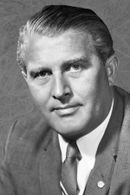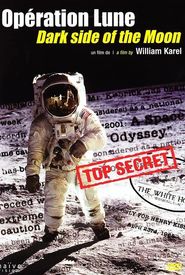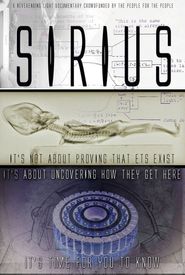Wernher Magnus Maximilian Freiherr Von Braun, a German-American aerospace engineer and space architect, was born on March 23, 1912, and passed away on June 16, 1977. His professional journey was marked by a complex blend of innovative achievements and controversial associations.
As a young man, Von Braun was an active member of the Nazi Party and SS, and he played a pivotal role in the development of rocket technology in Nazi Germany during World War II. He designed and co-developed the V-2 rocket at Peenemünde, a project that earned him recognition as a leading figure in the field.
Following the war, Von Braun was secretly relocated to the United States as part of Operation Paperclip, along with approximately 1,600 other German scientists, engineers, and technicians. He went on to work for the United States Army on an intermediate-range ballistic missile program and developed rockets that launched the United States' first space satellite, Explorer 1, in 1958.
Von Braun's collaboration with Walt Disney on a series of films between 1955 and 1957 helped popularize the idea of human space travel in the US and beyond. His work on rocket technology and space exploration continued to advance, and in 1960, his group was assimilated into NASA.
As director of the Marshall Space Flight Center and chief architect of the Saturn V super heavy-lift launch vehicle, Von Braun played a crucial role in the Apollo program, which successfully landed humans on the Moon. He was inducted into the National Academy of Engineering in 1967 and received the National Medal of Science in 1975.
Von Braun is widely regarded as either the "father of space travel", "father of rocket science", or "father of the American lunar program". He advocated for a human mission to Mars and left a lasting legacy in the field of aerospace engineering and space exploration.




























